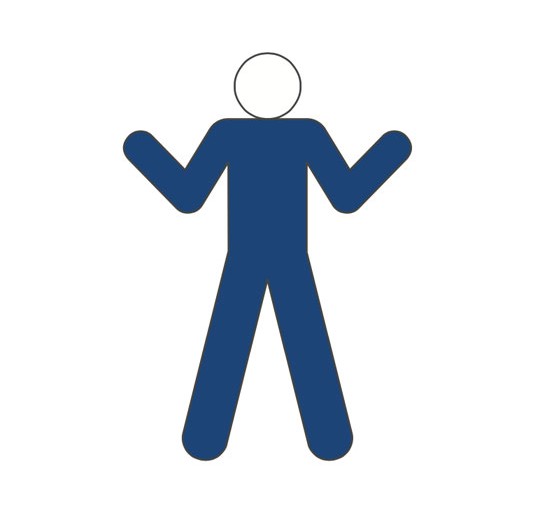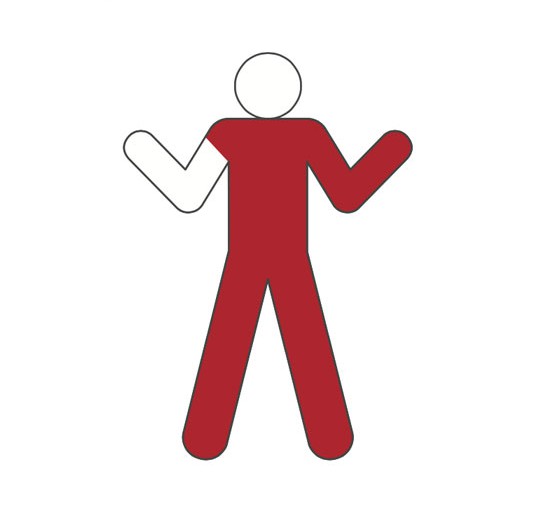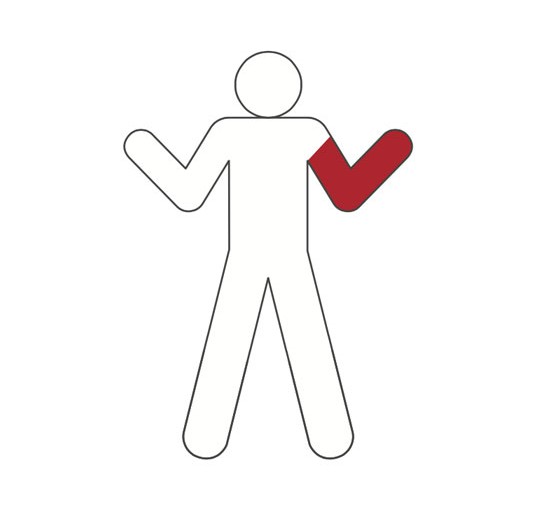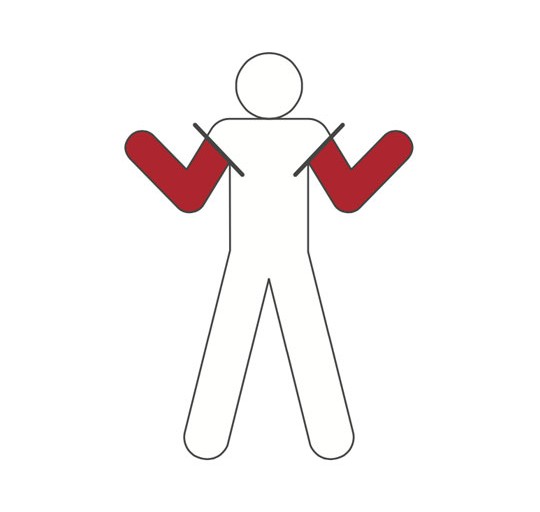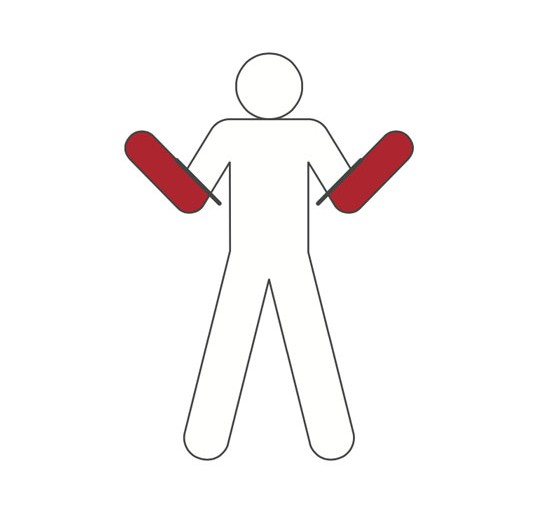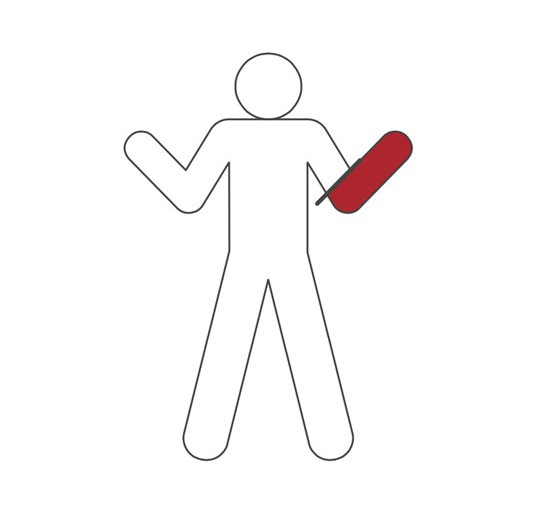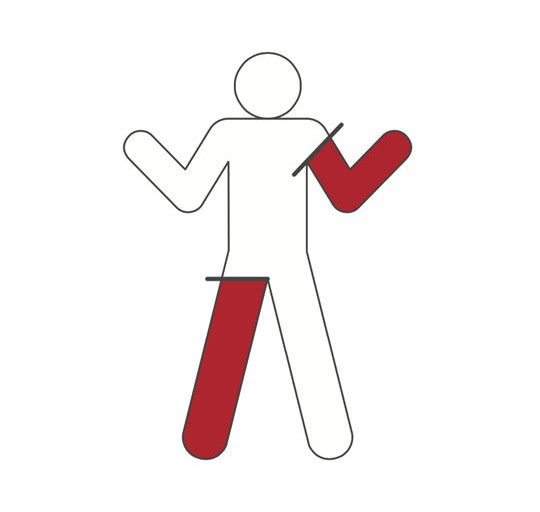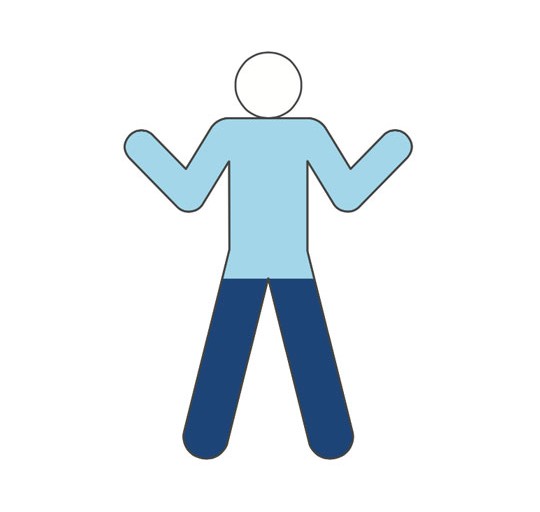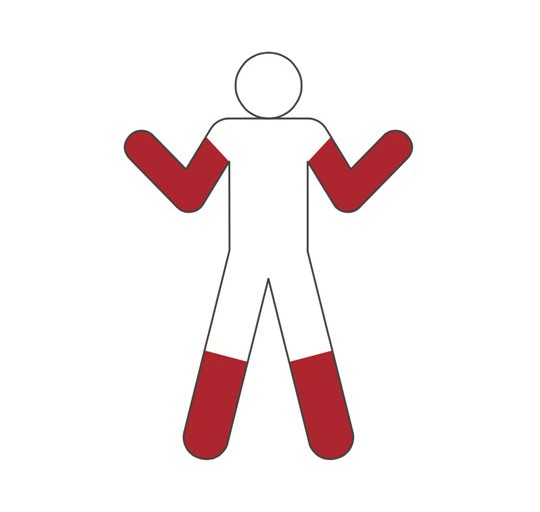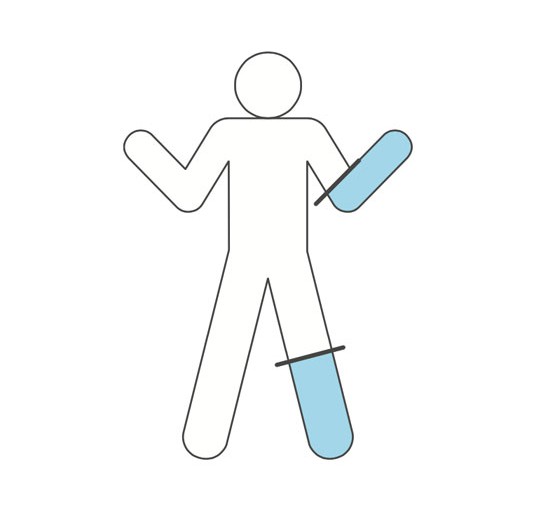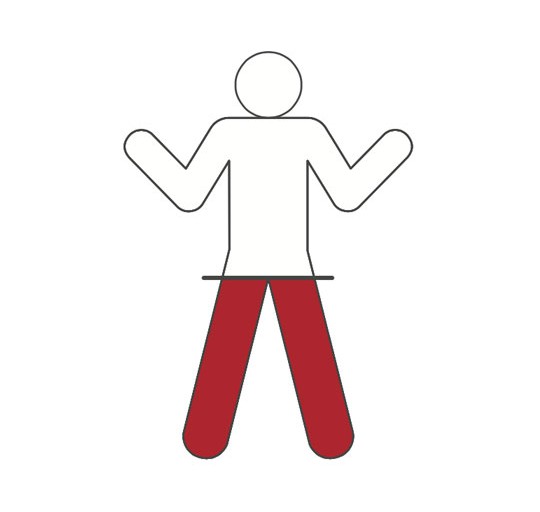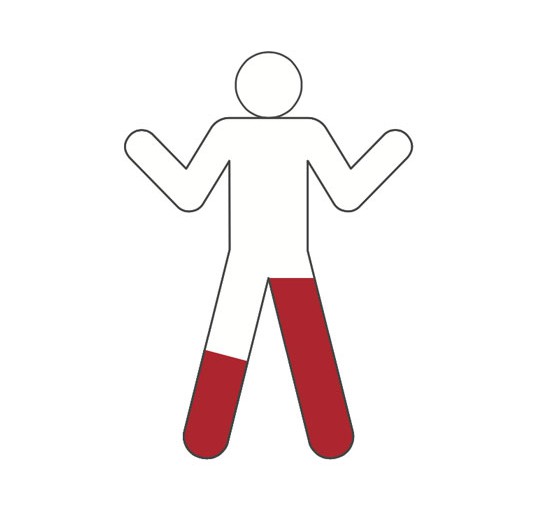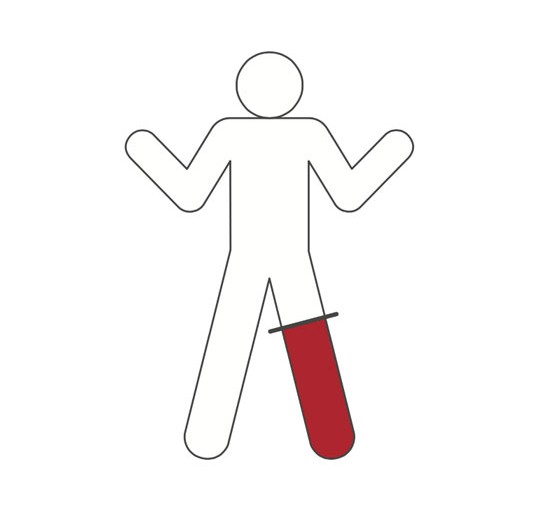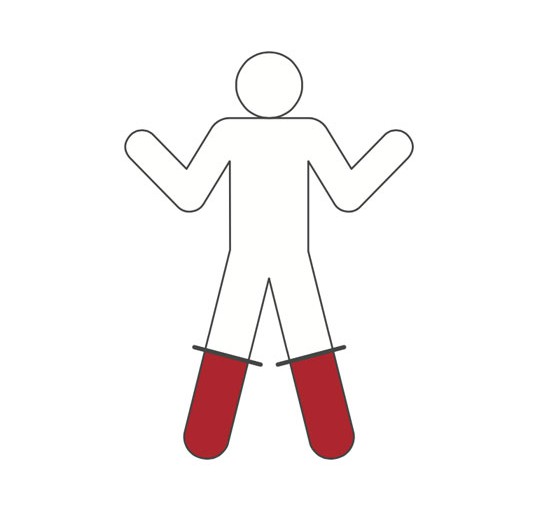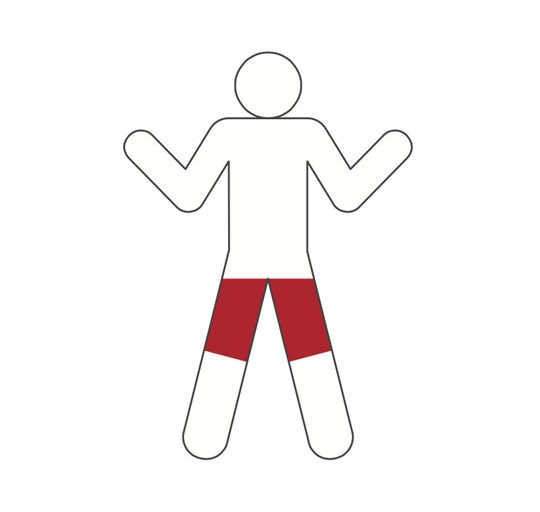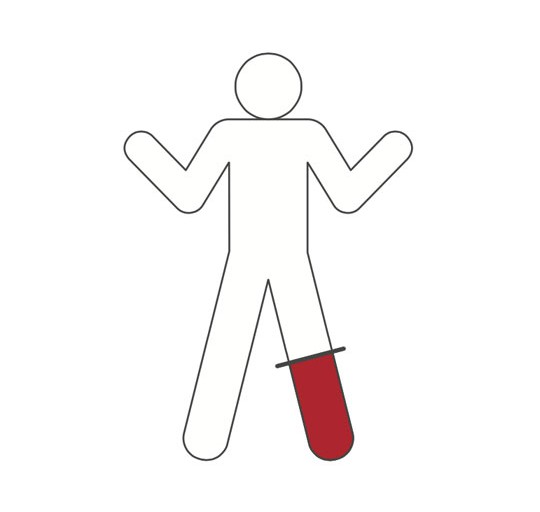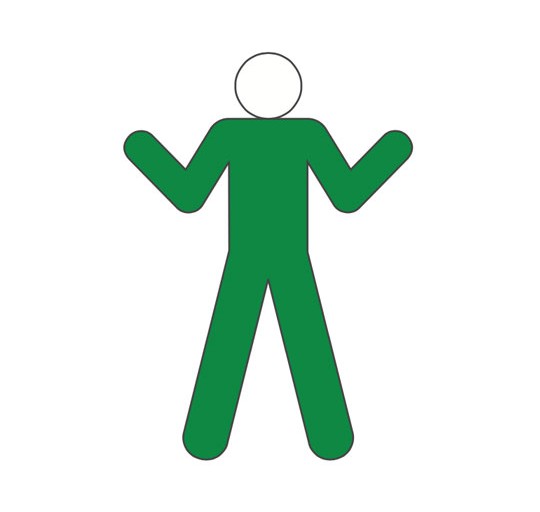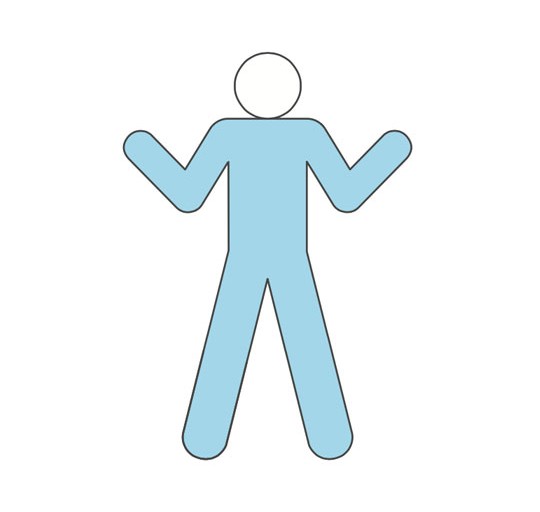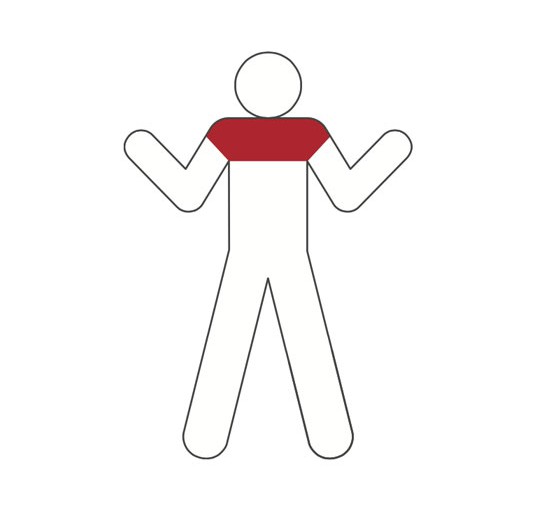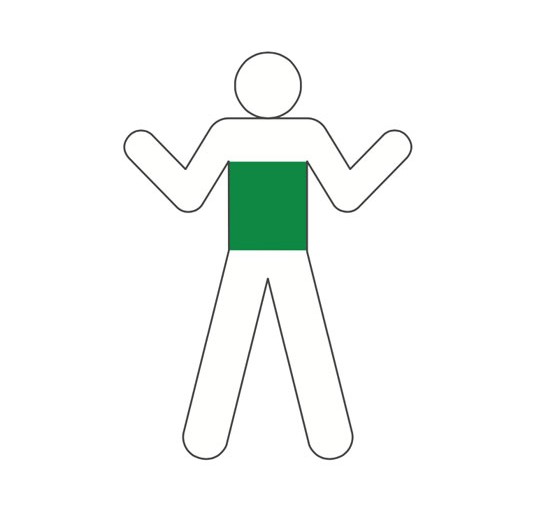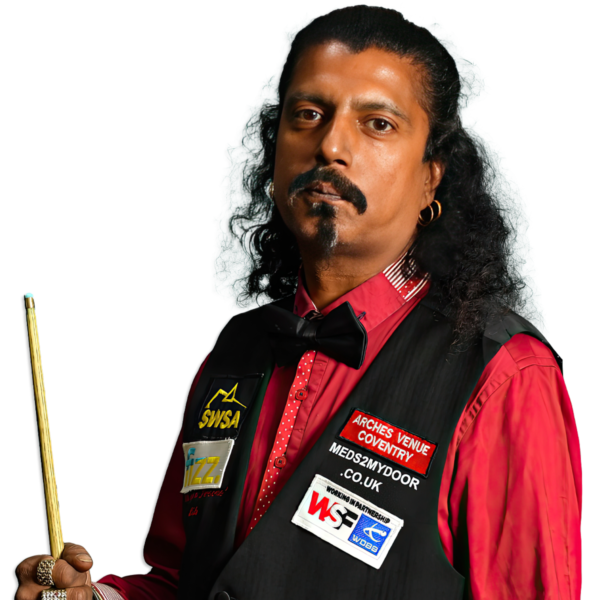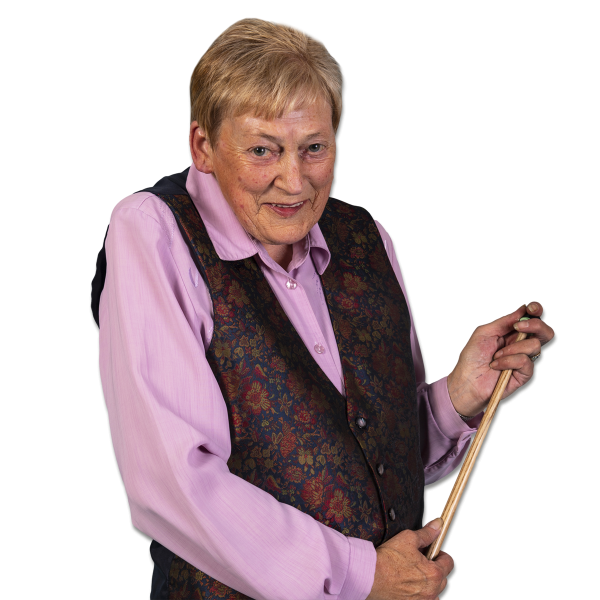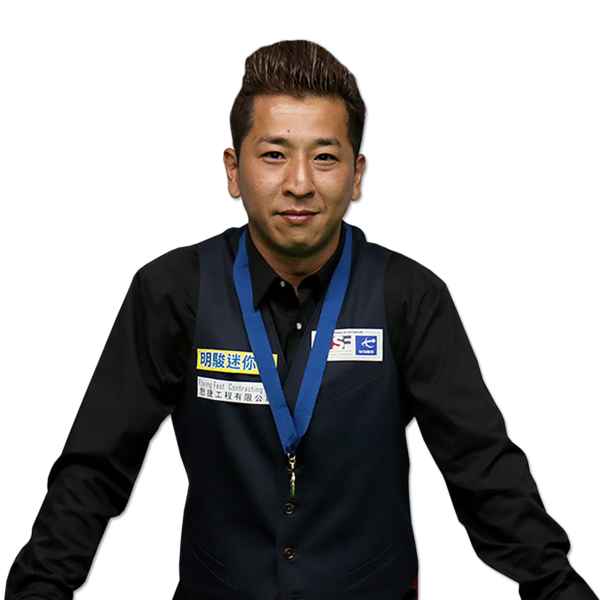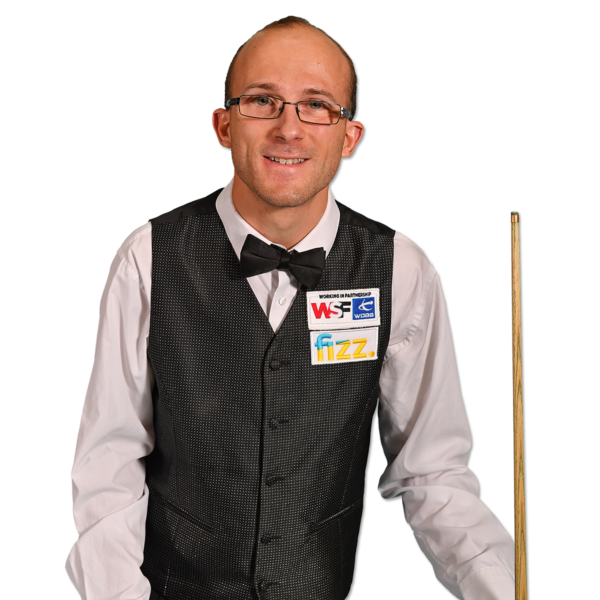Able to walk, but has severe difficulty controlling all four limbs when performing an activity.
Ambulant – Groups 3-5
Our ambulant disability groups include profiles which can apply to a wide range of disabilities.
There are three Groups included within this category.
Group 3
Ambulant players where one or more upper limbs is absent or severely impaired.
- One or both upper limbs affected.
- Arm or prosthesis may be needed for anchoring objects.
- One or more upper limbs are absent or severely impaired and the player is unable to make a traditional bridge for their cue anywhere on the table with their most impaired hand.
- May be able to make a non-traditional bridge but with severely limited arm movement.
- Where a player cues with their absent or most impaired arm they will also be included within this group.
Group 4
Ambulant players where one or more lower limbs is absent or severely impaired.
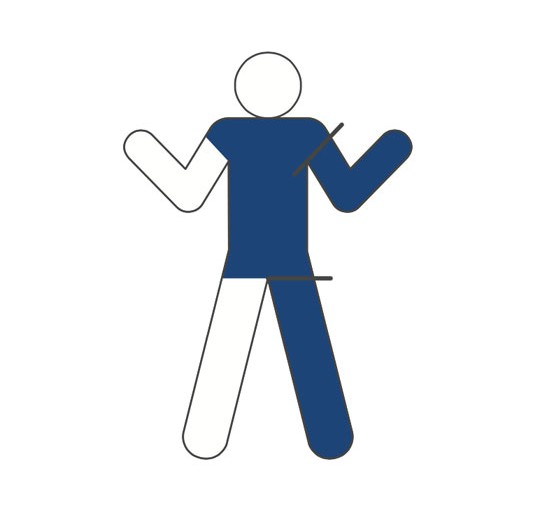
Profile 14
Able to walk, but one side of the body is of little use; usually can only balance unaided on the good leg.
Group 5
Ambulant players where one or more upper or lower limbs are slightly impaired
One or both upper or lower limbs slightly impaired
- the player is able to make a traditional bridge for their cue anywhere on the table with their most impaired hand.
Featured Players
This toolkit was taken from the Activity Alliance Profiling Toolkit Resource (http://www.activityalliance.org.uk/how-we-help/res...). The toolkit is based on the Activity Alliance Profile System designed by Dr Christine Meaden M.C.S.P., Ph.D. For any further information on the profile system or toolkit please contact Activity Alliance online or call them on 01509 227750.
In agreement with Activity Alliance, WDBS has revised each profile to suit snooker and billiards.
